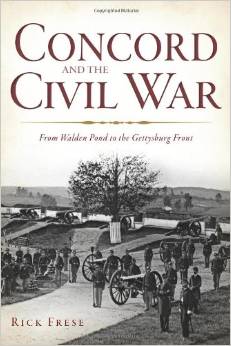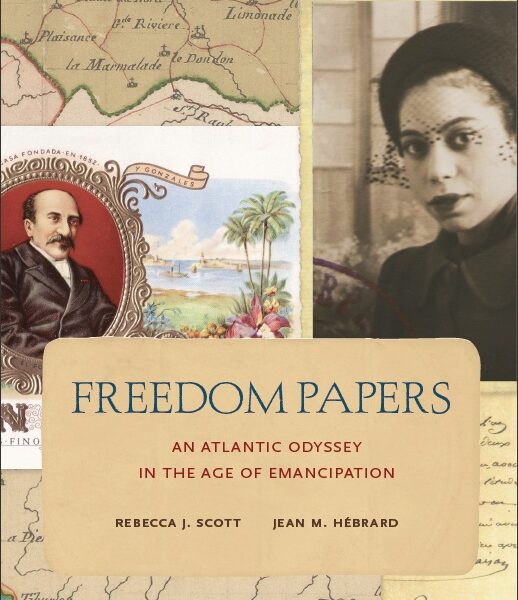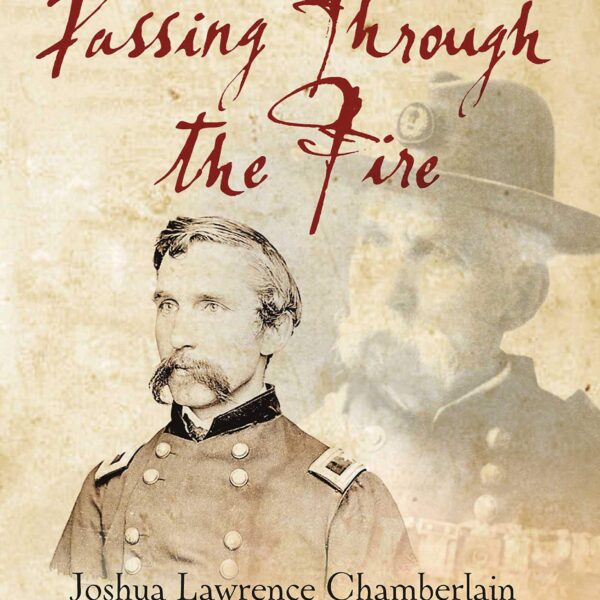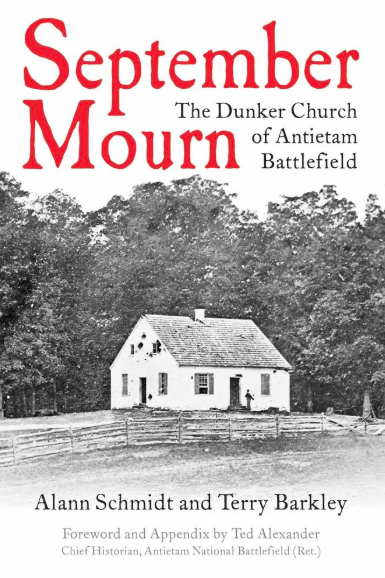The Politics of Faith During the Civil War by Timothy L. Wesley. Louisiana State University Press, 2013. Cloth, ISBN: 0807150002. $45.00.
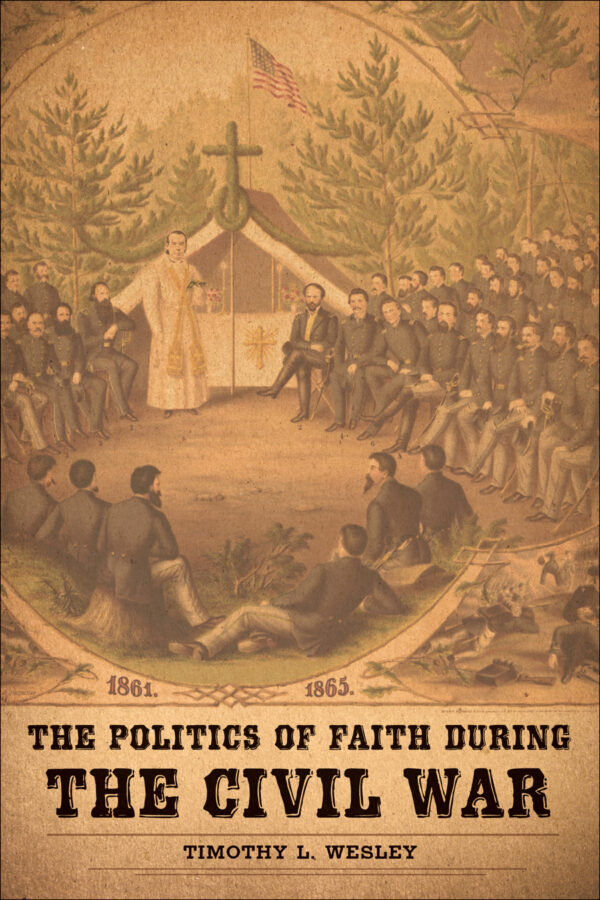 The past fifteen years or so have witnessed renewed scholarly attention to the religious history of the American Civil War. Historians, of course, always knew religion had profoundly pervaded the cultural and political life of nineteenth-century America; recently, though, they have increasingly offered astute and provocative arguments concerning why many of the great questions about the Civil War demand answers that pay serious attention to religion. At the heart of this historiographical development was a conviction well put by James McPherson: “Religion was central to the meaning of the Civil War, as the generation that experienced the war tried to understand it. Religion should also be central to our efforts to recover that meaning.”1
The past fifteen years or so have witnessed renewed scholarly attention to the religious history of the American Civil War. Historians, of course, always knew religion had profoundly pervaded the cultural and political life of nineteenth-century America; recently, though, they have increasingly offered astute and provocative arguments concerning why many of the great questions about the Civil War demand answers that pay serious attention to religion. At the heart of this historiographical development was a conviction well put by James McPherson: “Religion was central to the meaning of the Civil War, as the generation that experienced the war tried to understand it. Religion should also be central to our efforts to recover that meaning.”1
The political history of the Civil War seems like a natural place to begin this work of recovery. Surprisingly, despite first-rate works on religion and politics in the antebellum era by Richard Carwardine, Daniel Walker Howe, C.C. Goen, and Mitchell Snay, among many others, no literature of comparable size and quality exists for the Civil War era. Timothy L. Wesley has gone a long way toward remedying this odd omission. Wesley’s goal is to help recover the religious history of the war by “identifying and analyzing the political and apolitical behaviors and ideas of homefront preachers” (6). These preachers form the core of Wesley’s cast of characters. Protestant ministers predominate, and while Wesley includes chapters on Confederate and African American ministers, the bulk of his book focuses on the white northern clergy.
Wesley’s overriding (and most innovative) concern is two-fold: the efforts of politically active ministers to police and repress disloyalty in their local communities, and the equally vigorous efforts of civil and clerical authorities to censor dissenting ministers accused of disloyal political ideas and behavior. In taking up this topic, Wesley has offered one of the most helpful studies to date for why religion mattered in the lively and often rough-and-tumble political world of the Civil War.
Many ministers in both the Union and the Confederacy hoped religion might function as a great centripetal force in their societies – uniting citizens around a shared set of ideas that defined them as a nation. Religion, though, could just as easily function as a centrifugal force, fostering disagreement and dissent in both the North and South. Both societies had to confront what constitute legitimate dissent – even disloyalty – amid a war that would decide the very fate of their respective nations. At the heart of the story of this contentious, never-finished process were religious leaders, their political ideas and behavior, and the debate those ideas and behaviors engendered from their local communities.
Ministers frequently found themselves at the center of efforts to stifle political actions and ideas deemed unacceptable. Sometimes they did the stifling, sometimes they were the ones stifled. In exploring this topic, Wesley draws useful attention to the “voluntary” repression of civil liberties during the war. He faults most political histories of the curtailment of civil liberties in the loyal states for their sole focus on the activities of the Lincoln administration. What these histories miss in overlooking religion, Wesley suggests, is in fact one of the most “pervasive forms of repression” in Civil War era society – repression at the hands of ministers eager to police disloyalty, as well as repression at the hands of local communities keen on silencing dissenting ministers (3). Wesley, though, is careful not to make this story of religiously inspired repression (and dissent) a homogenous one. He repeatedly emphasizes the importance of paying careful attention to differences across denominations and regions, for local conditions – social, demographic, political, cultural, economic – mattered in shaping a particular minister or congregation’s relationship with its wider community; it only follows, then, that this “voluntary repression” would play out in different ways among different denominations in different communities.
Some recent scholarship on evangelicals in the Civil War era takes a decidedly critical, even condemnatory, view of evangelical ministers. In this retelling, set forth especially by Harry Stout and David Goldfield, ministers marshaled their religious faith for baser political objectives, poisoned late-antebellum America’s political process, thrust the nation to the brink of war, and then emboldened their armies to wage a war of wildly indiscriminate and zealous destruction. Wesley, however, avoids this sort of fiery judgment. He has sought not to expose and criticize Civil War era ministers for “compromising” their faith for political ends. Instead, he has revealed the fundamental importance of religious history – namely the history of ministers and the local congregations and communities they served – in explaining how Civil War Americans answered two immensely consequential questions: What is the meaning of loyalty to nation during war, and what should we do with citizens deemed disloyal?
1 James McPherson, “Afterword,” in Religion and the American Civil War, eds., Randall Miller, Harry Stout, Charles Reagan Wilson (New York: Oxford University Press, 1998), 412.
D. H. Dilbeck is a Ph.D. Candidate in History at the University of Virginia.

